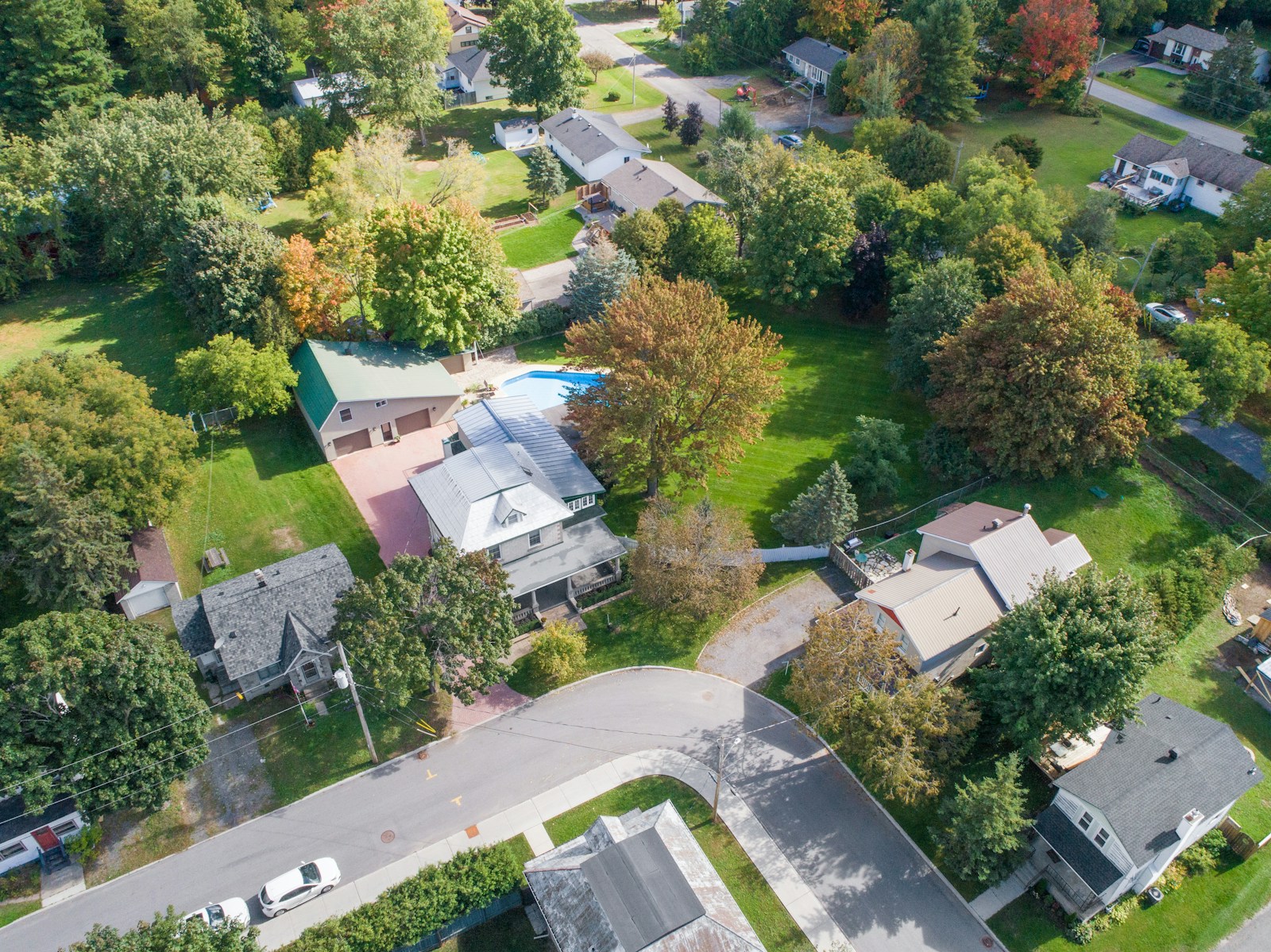Alberta’s Economic Growth:
Calgary remains a hub for the energy sector, which has shown signs of recovery and diversification.
Continued investment in renewable energy and tech industries is expected to attract more professionals, boosting housing demand.
Employment Rates:
With unemployment rates projected to remain low, consumer confidence in real estate will likely stay strong.
Professionals moving into the city for work will increase demand, particularly in rental and starter home markets.
Interest Rates:
The Bank of Canada is expected to maintain stable interest rates or implement slight adjustments, keeping borrowing costs manageable.
Affordable borrowing could encourage first-time buyers and investors to enter the market.
Calgary Housing Market Trends for 2025
Moderate Price Growth:
Detached Homes: Prices for detached homes are expected to increase moderately due to steady demand from families and upgraders.
Condos and Townhouses: These property types will continue to grow in popularity as affordable options for first-time buyers and downsizers.
Increased Demand for New Builds:
Calgary’s expanding neighborhoods, such as Seton, Belmont, and Mahogany, are expected to attract buyers seeking modern amenities and energy-efficient homes.
Rental Market Boom:
With growing immigration and an influx of students and professionals, Calgary’s rental market will remain strong.
Developers are likely to focus on purpose-built rentals to meet this demand.
Inner-City Revitalization:
Communities like East Village, Beltline, and Inglewood will see increased interest as professionals seek urban living with access to workspaces and amenities.
Sustainability Trends:
Homes with eco-friendly features like solar panels and energy-efficient appliances will be in high demand, driven by both buyer preferences and government incentives.
Government and Policy Influences
Federal and Provincial Housing Policies:
Programs supporting first-time homebuyers, such as the First-Time Home Buyer Incentive, will continue to make homeownership more accessible.
Increased funding for affordable housing projects will provide relief to low-income households.
Zoning and Development:
The city’s push for mixed-use developments and higher-density housing in key areas will create opportunities for new construction and redevelopment projects.
Market Segments Analysis
First-Time Buyers:
What to Expect: Rising demand for affordable condos and townhouses in neighborhoods like Evanston, Legacy, and Copperfield.
Opportunities: Stable interest rates will help first-time buyers secure mortgages.
Luxury Market:
What to Expect: Continued interest in high-end properties in communities like Aspen Woods and Mount Royal, driven by wealthier buyers and overseas investors.
Opportunities: Unique, custom-built homes with advanced features will attract affluent buyers.
Investors:
What to Expect: A hot rental market, especially for multi-family units and short-term rental properties in urban areas.
Opportunities: High yields in emerging neighborhoods with strong growth potential.
Challenges to Watch For in 2025
Supply Constraints:
Limited inventory in high-demand neighborhoods could lead to competitive bidding and higher prices.
Construction Costs:
Rising costs for materials and labor may slow new developments or increase prices for new builds.
Economic Uncertainty:
Any significant fluctuations in global energy prices could impact Calgary’s economy and, by extension, the real estate market.
Neighborhoods to Watch in 2025
Seton (Southeast):
A rapidly growing urban district with affordable housing and excellent amenities.
East Village (Downtown):
A revitalized inner-city community attracting young professionals and investors.
Mahogany (Southeast):
Calgary’s largest lake community, appealing to families and those seeking recreational amenities.
Belmont (Southwest):
A new community with significant growth potential and affordable options for first-time buyers.
Northwest Suburbs:
Established neighborhoods like Tuscany and Arbour Lake will continue to draw families due to their schools and green spaces.
Key Takeaways for Buyers, Sellers, and Investors
For Buyers:
Lock in mortgage rates early to mitigate potential increases.
Consider emerging neighborhoods with affordable pricing and strong growth potential.
For Sellers:
Take advantage of steady demand by listing properties in high-growth areas.
Invest in minor upgrades like energy-efficient appliances to attract eco-conscious buyers.
For Investors:
Focus on rental properties and multi-family units in urban centers and new developments.
Monitor neighborhoods with strong infrastructure and commercial expansion.
Conclusion
Calgary’s real estate market in 2025 is poised for steady growth, driven by a strong economy, stable interest rates, and increased demand from buyers and renters. By understanding the trends and aligning your strategy with market dynamics, buyers, sellers, and investors can make informed decisions to maximize their opportunities in this evolving landscape.













